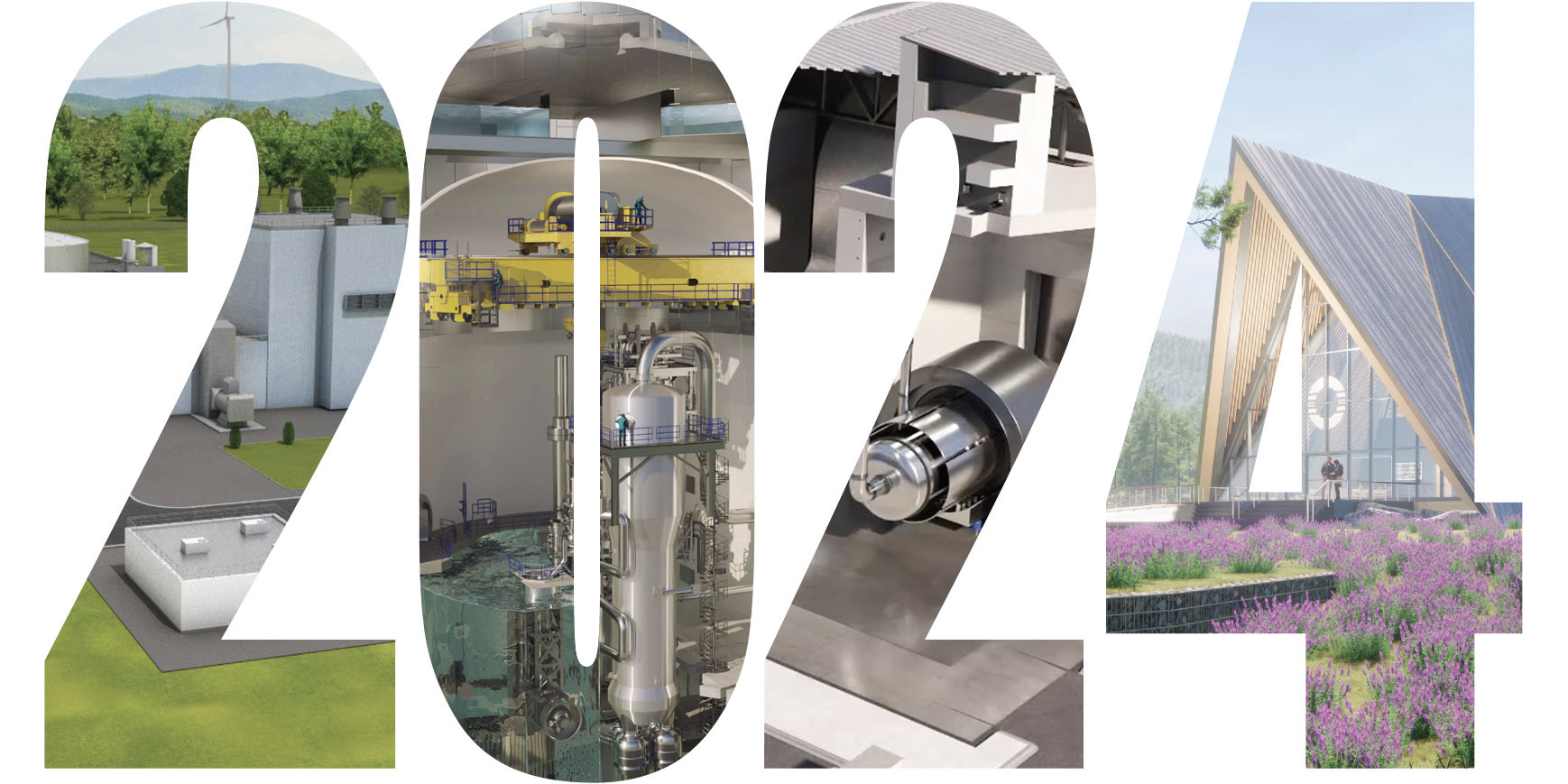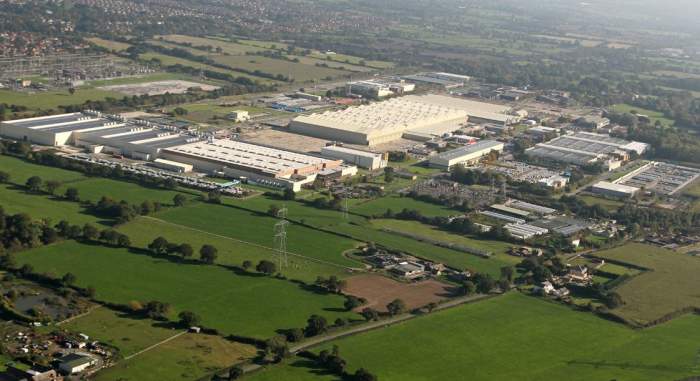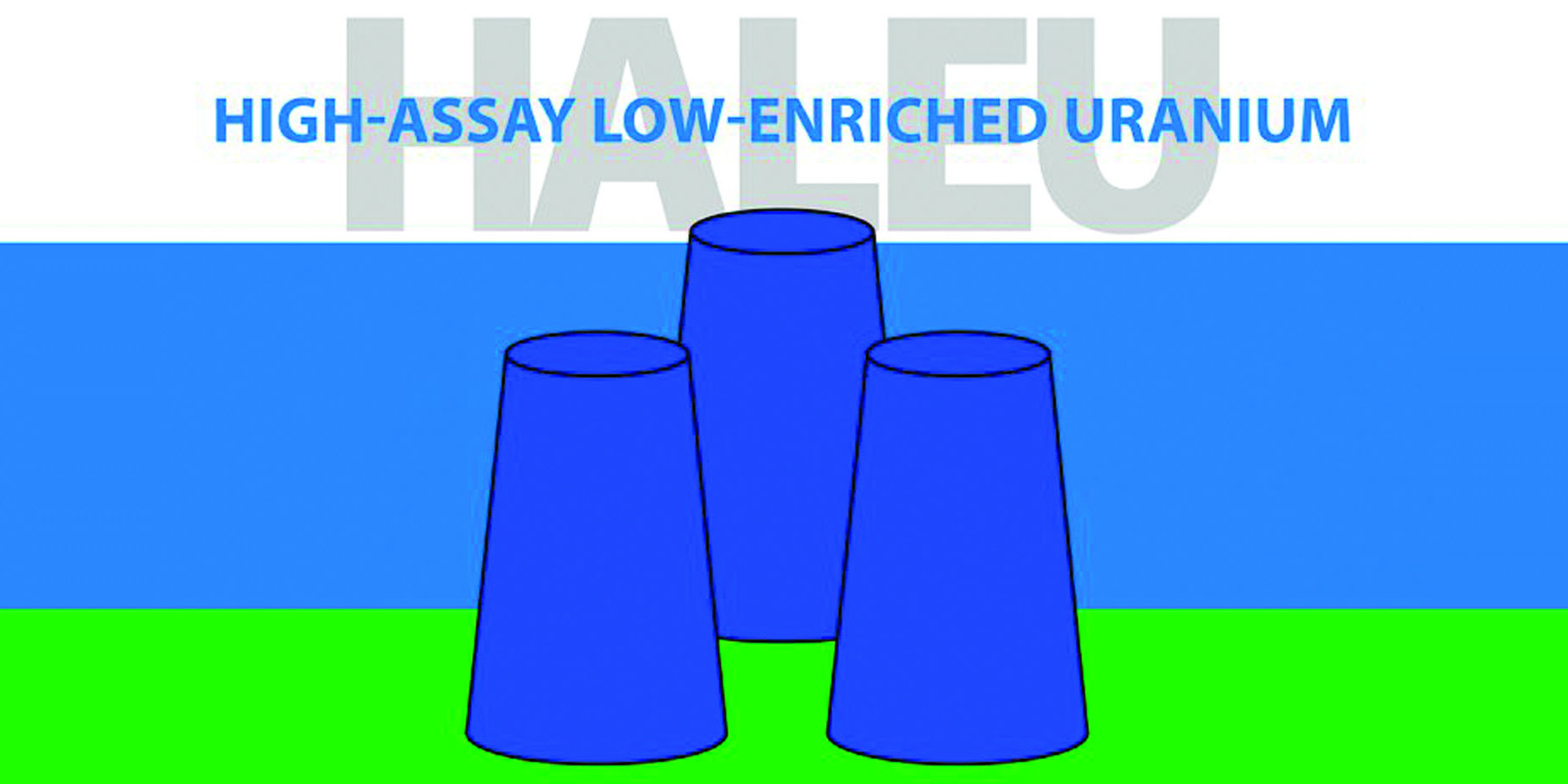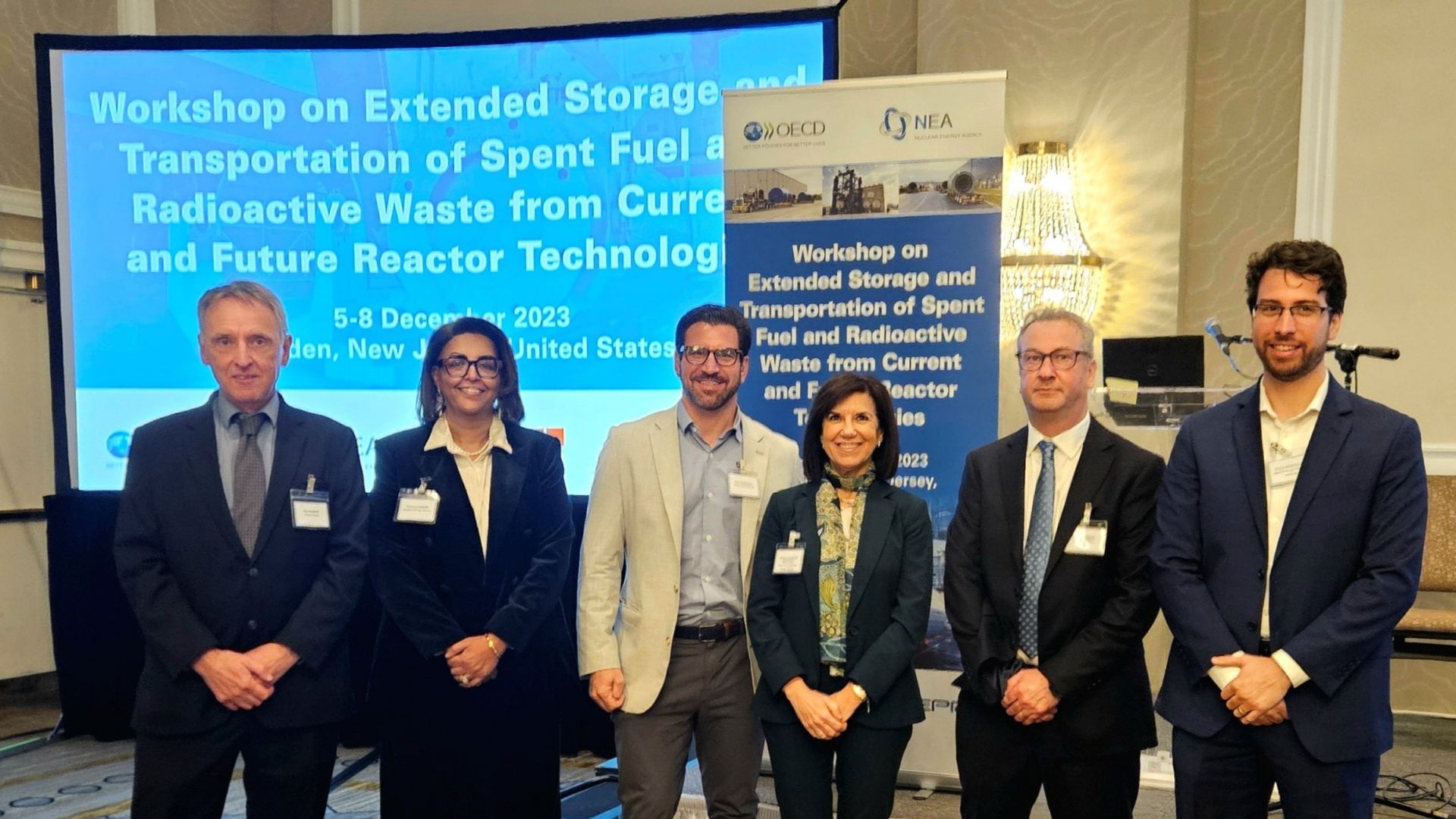Nuclear power plants in operation or under construction as of May 2024. (Source: IAEA)
The recent article “How Innovative Is China in Nuclear Power?” published by the Information Technology and Innovation Foundation (ITIF) describes how China has become the world’s leading proponent of nuclear energy. The reason, the article maintains, is because its nuclear industry has been “supported by a whole-of-government strategy that provides extensive financing and systemic coordination.”
Concept art of ACU’s NEXT Lab. (Image: ACU)
Natura Resources, which is supporting the construction of a molten salt research reactor on the campus of Texas’s Abilene Christian University, announced in mid-June that it expects the Nuclear Regulatory Commission to complete its safety assessment and issue a permit for the nonpower test reactor in September.
A screenshot from a DOE video showing the eight Ukrainian students from the department’s internship program at Argonne National Laboratory, along with one of their tour guides (second from left). (Image: DOE)
Eight graduate students from Ukrainian universities have completed a two-year Department of Energy internship program that included a visit to Argonne National Laboratory.
An aerial photo of the three mile island nuclear power station. (Photo: Constellation)
On the company’s earnings call this month, Constellation CEO Joe Dominguez was asked if there is a possibility of restarting the shuttered Three Mile Island plant—as is being proposed for the Palisades nuclear plant in Michigan.
“We’re not unaware that opportunity exists for us,” Dominguez said. “We’re obviously seen what’s happened with Palisades and I think that was brilliant. Brilliant for the nation. … We are doing a good bit of thinking about a number of different opportunities, and that would probably certainly be one of those that we would think about.”
HALEU reguli fabricated from downblended high-enriched uranium recovered from legacy EBR-II fuel at Idaho National Laboratory. (Image: DOE)
The Department of Energy yesterday announced a draft environmental impact statement (EIS) on HALEU Availability Program plans to purchase high-assay low-enriched uranium under 10-year contracts to seed the development of a sustainable commercial HALEU supply chain.
From left: Piercy, Hart, Iyengar, Tobey
The latest virtual event produced by the American Nuclear Society brought together experts from the forefront of the global nuclear industry to discuss strategies for ensuring a safe, secure, and healthy expansion in the face of a rapidly changing energy and geopolitical landscape.
The webinar, moderated by ANS Executive Director/CEO Craig Piercy, featured J’Tia Hart, chief science officer for the National and Homeland Security Directorate at Idaho National Laboratory; Anagha Iyengar, deputy program director for analytics and innovation at the National Nuclear Security Administration’s Office of International Nuclear Security; and William Tobey, former NNSA deputy administrator for defense nuclear nonproliferation.
Urenco UK’s Capenhurst enrichment site, which received a grant in July 2023 to prepare for HALEU enrichment. (Photo: Urenco UK)
The United Kingdom’s Department for Energy Security and Net Zero announced plans on January 7 to invest £300 million (about $383 million) to build a high-assay low-enriched uranium (HALEU) enrichment facility in northwest England. The goal? To “end Russia’s reign as the only commercial producer of HALEU.” Britain is now the first European country to declare that it will begin HALEU enrichment in a bid for supply chain security.
Some of the participants at the NEA Workshop on Extended Storage and Transportation of Spent Fuel and Radioactive Waste from Current and Future Reactor Technologies. (Photo: NEA)
A recent event co-organized by the Nuclear Energy Agency, the Electric Power Research Institute, and Holtec International brought together about 100 international experts for a workshop on spent fuel and radioactive waste.






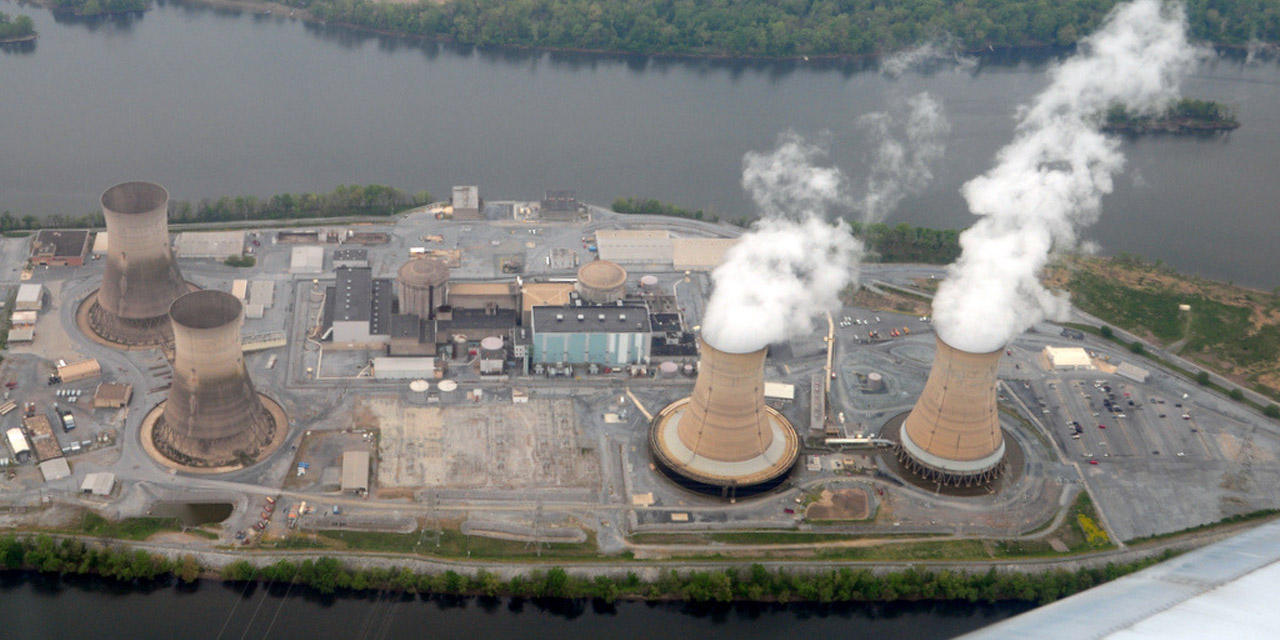




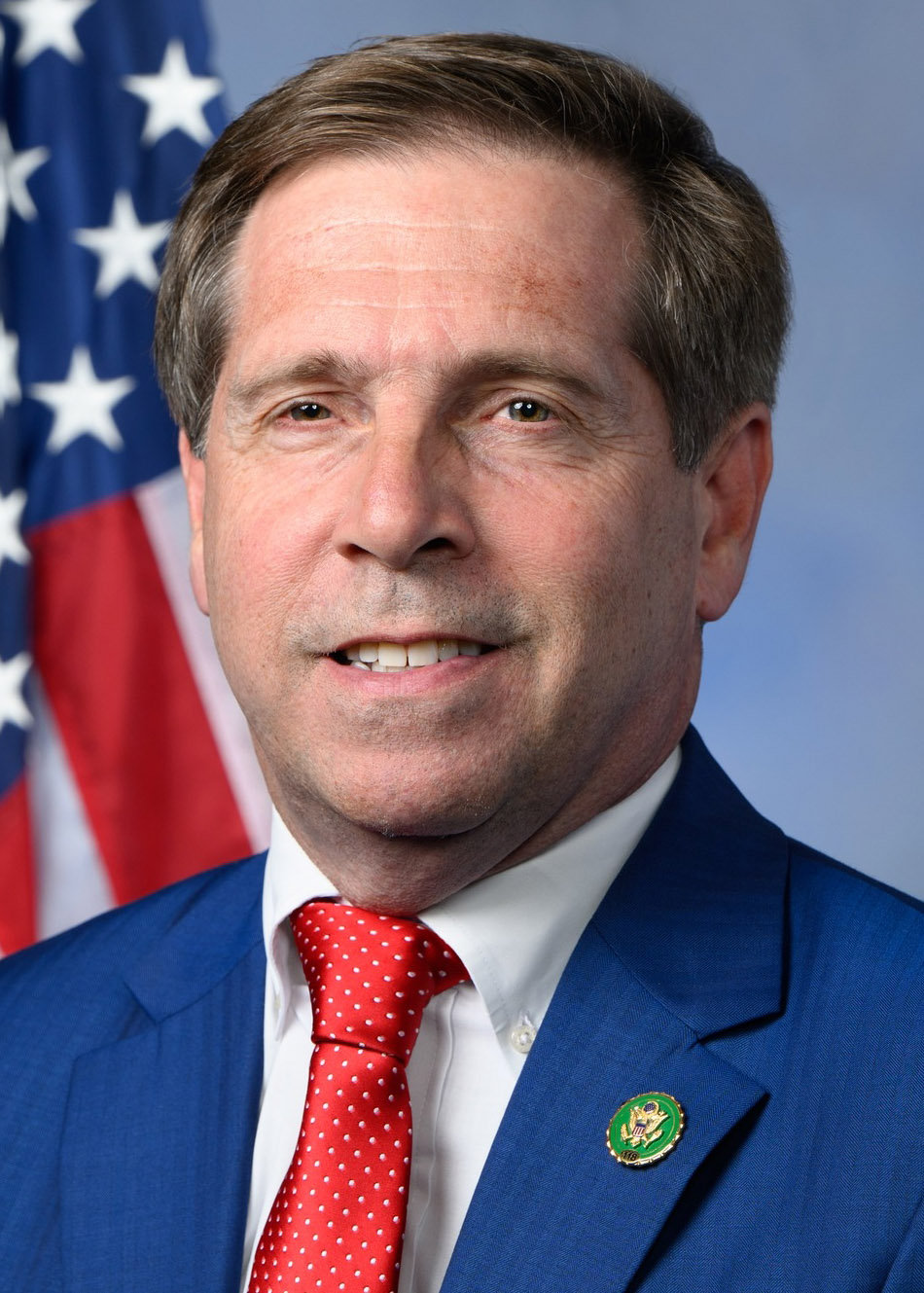

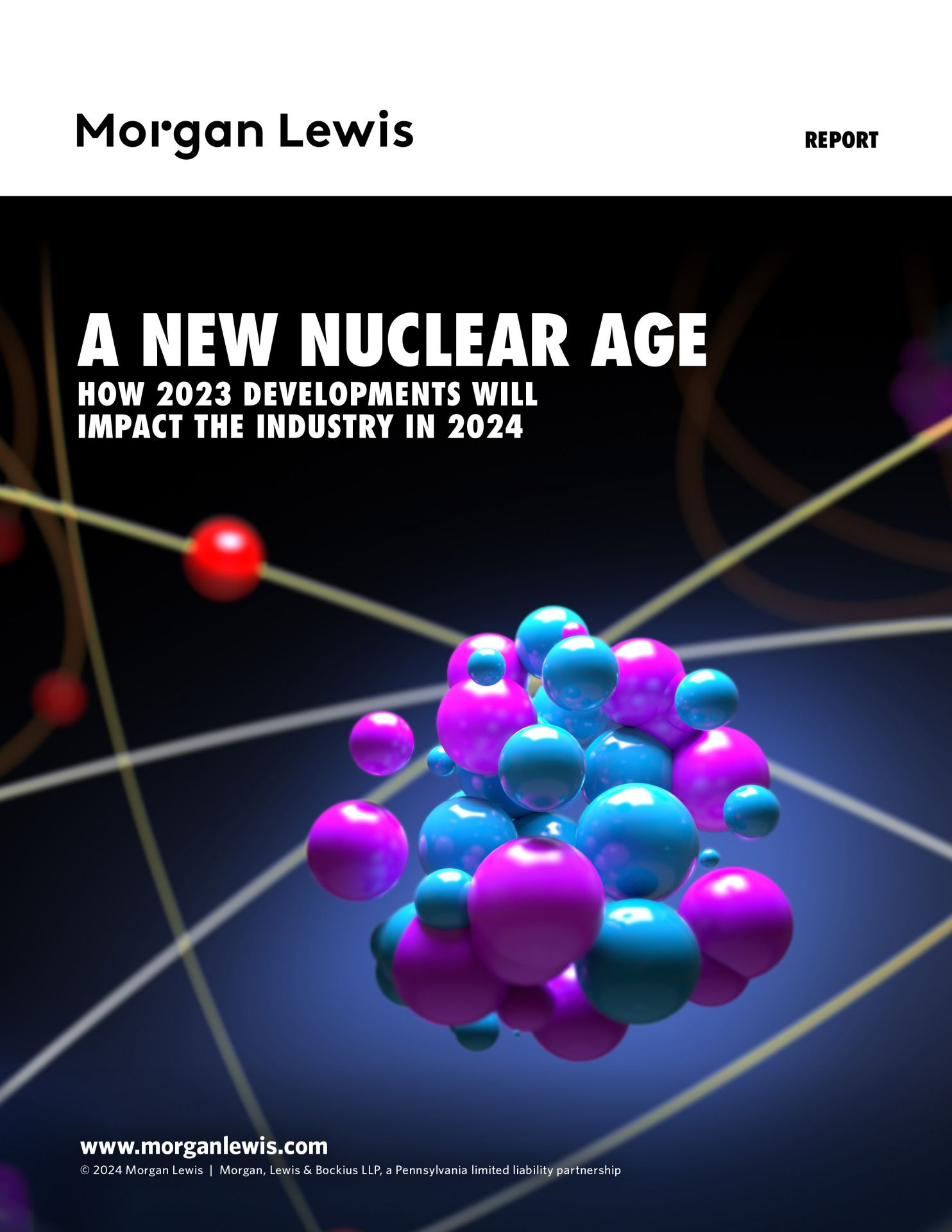 A new report,
A new report, 